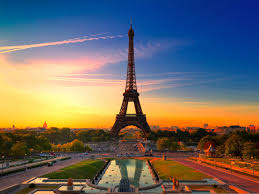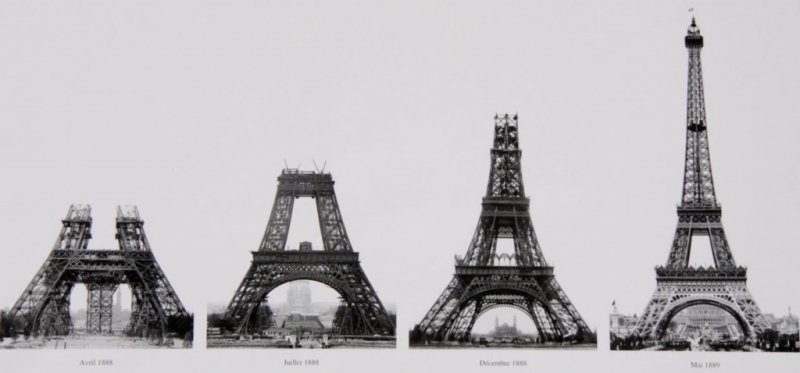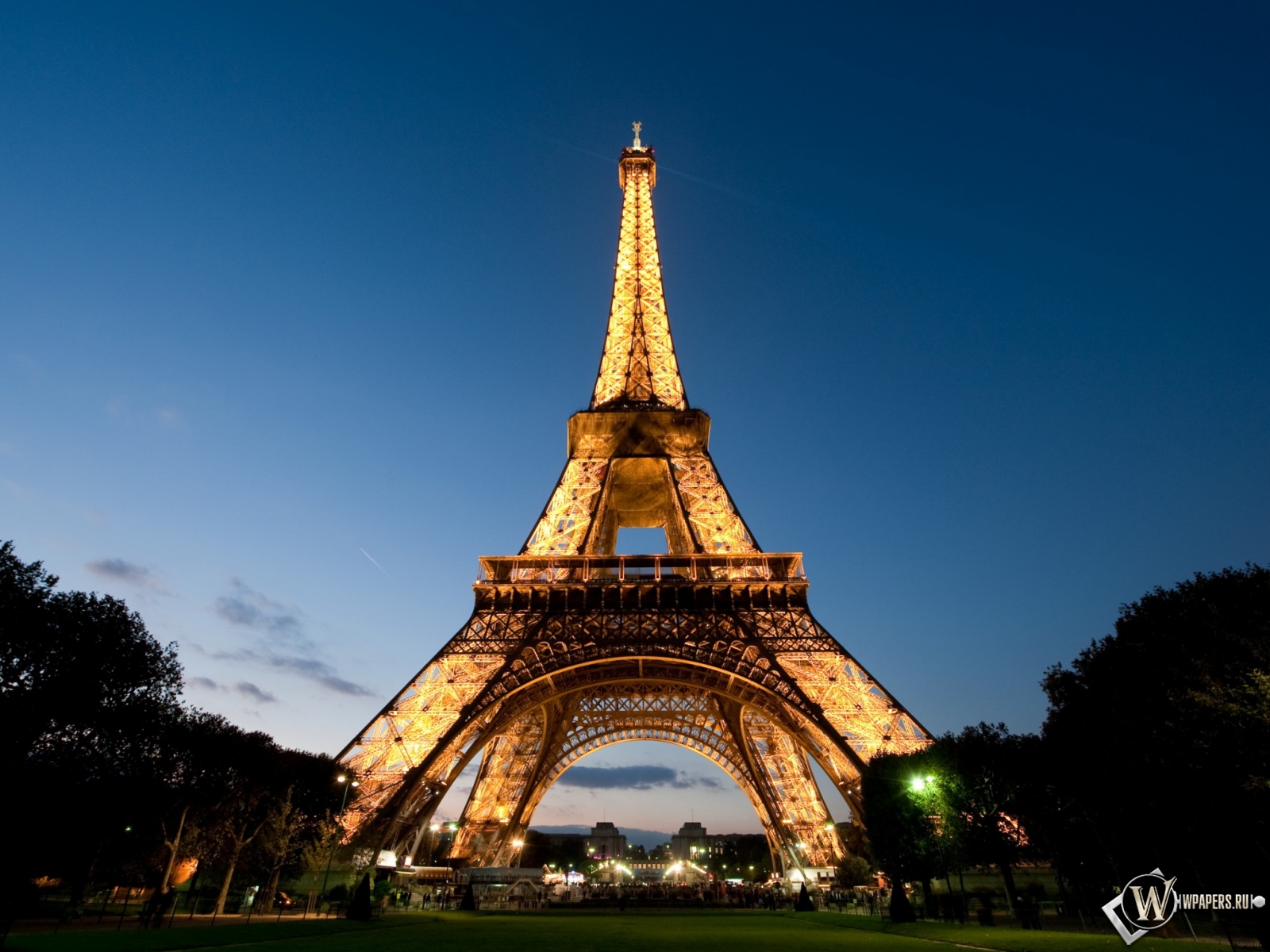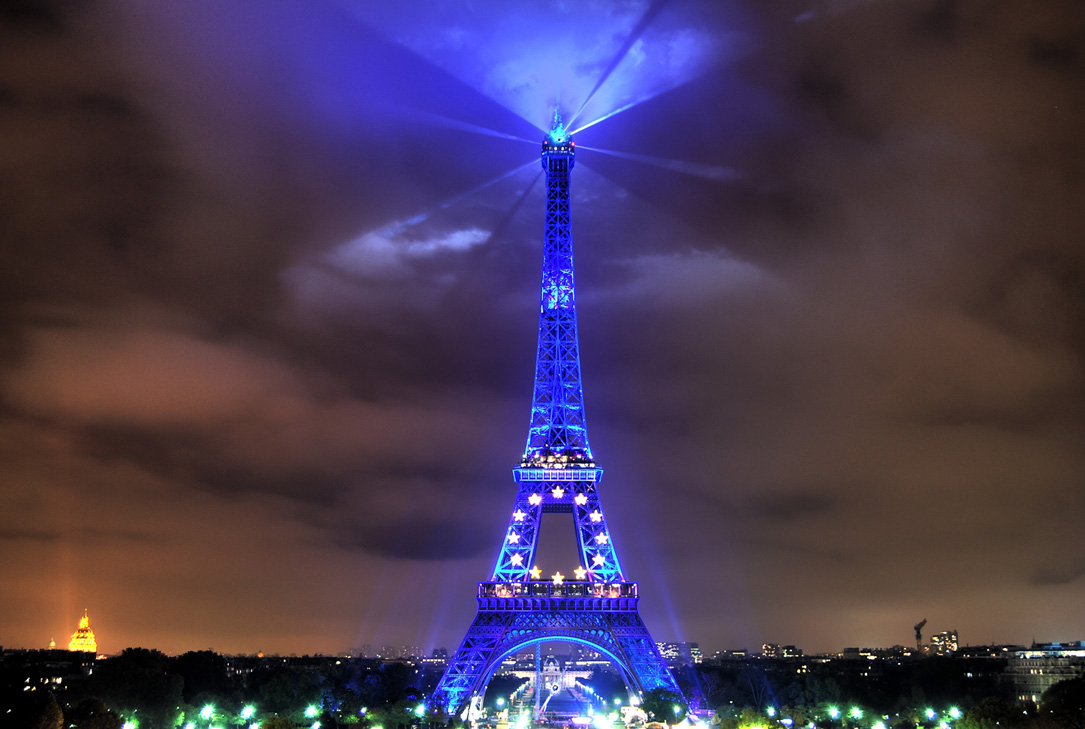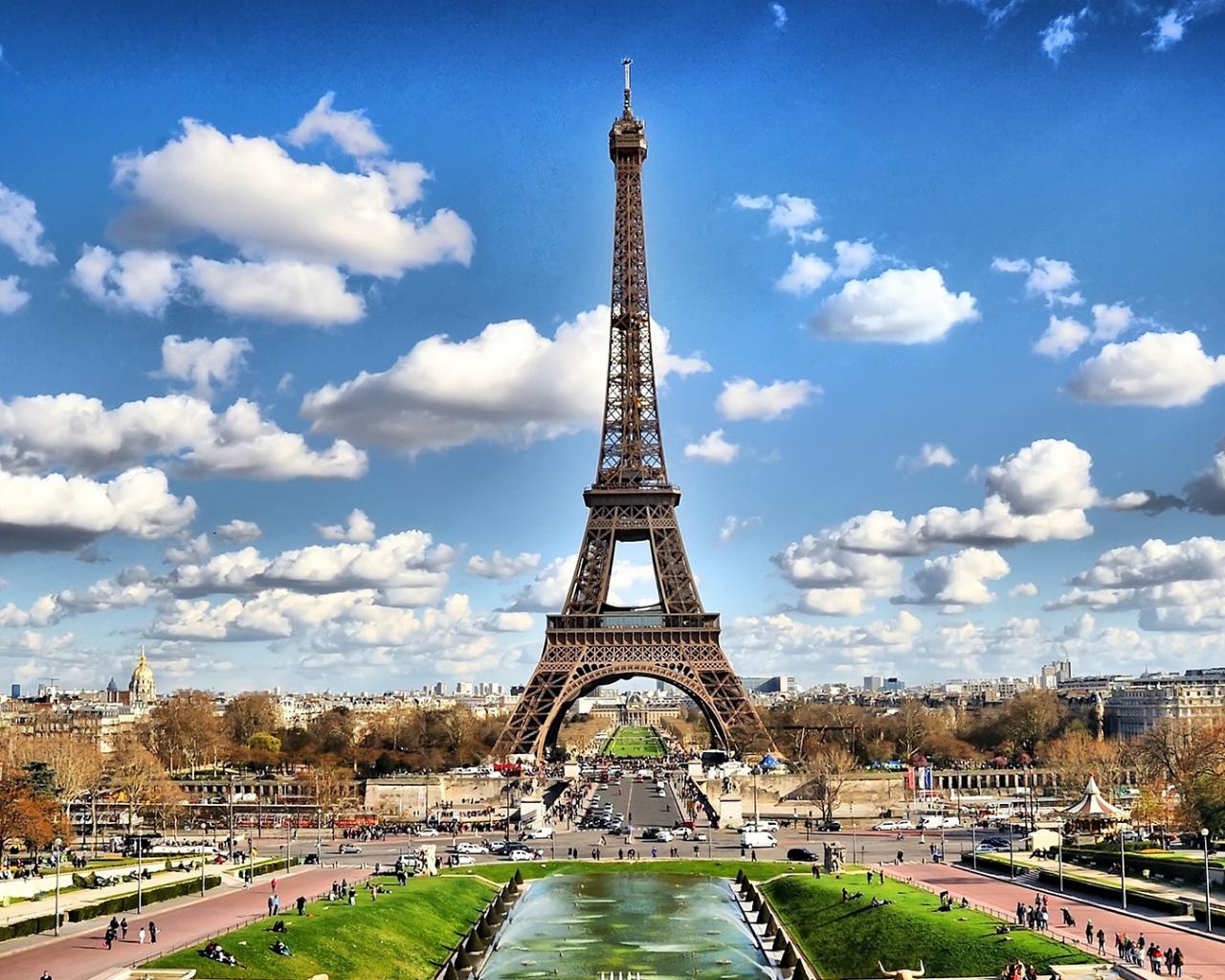The Eiffel Tower is an iron lattice tower located on the Champ de Mars in Paris, France. It was named after the engineer Alexandre Gustave Eiffel, whose company designed and built the tower. Erected in 1889 as the entrance arch to the 1889 World's Fair, it was initially criticized by some of France's leading artists and intellectuals for its design, but has become both a global cultural icon of France and one of the most recognisable structures in the world. The tower is the tallest structure in Paris and the most-visited paid monument in the world; 6.98 million people ascended it in 2011. The tower received its 250 millionth visitor in 2010.
The tower is 324 metres (1,063 ft) tall, about the same height as an 81-storey building. Its base is square, 125 metres (410 ft) on a side. During its construction, the Eiffel Tower surpassed the Washington Monument to assume the title of the tallest man-made structure in the world, a title it held for 41 years, until the Chrysler Building in New York City was built in 1930. Because of the addition of the aerial atop the Eiffel Tower in 1957, it is now taller than the Chrysler Building by 5.2 metres (17 ft). Not including broadcast aerials, it is the second-tallest structure in France, after the Millau Viaduct.
The tower has three levels for visitors, with restaurants on the first and second. The third level observatory's upper platform is 276 m (906 ft) above the ground, the highest accessible to the public in the European Union. Tickets can be purchased to ascend by stairs or lift (elevator) to the first and second levels. The climb from ground level to the first level is over 300 steps, as is the walk from the first to the second level. Although there are stairs to the third and highest level, these are usually closed to the public and it is generally only accessible by lift.
The puddled iron(wrought iron) structure of the Eiffel Tower weighs 7,300 tonnes, while the entire structure, including non-metal components, is approximately 10,000 tonnes. As a demonstration of the economy of design, if the 7,300 tonnes of the metal structure were melted down it would fill the 125-metre-square base to a depth of only 6.25 cm (2.5 in), assuming the density of the metal to be 7.8 tonnes per cubic metre. Additionally, a cubic box surrounding the tower (324m x 125m x 125m) would contain 6,200 tonnes of air, almost as much as the iron itself. Depending on the ambient temperature, the top of the tower may shift away from the sun by up to 18 cm (7.1 in) because of thermal expansionof the metal on the side facing the sun.
Gustave Eiffel engraved on the tower seventy-two names of French scientists, engineers, and mathematicians in recognition of their contributions. Eiffel chose this "invocation of science" because of his concern over the artists' protests against the tower. This engraving was painted over at the beginning of the twentieth century but restored in 1986–1987 by the Société Nouvelle d'exploitation de la Tour Eiffel, a company contracted to operate business related to the Tower.Maintenance of the tower includes applying 50 to 60 tonnes (49 to 59 long tons; 55 to 66 short tons) of paint every seven years to protect it from rust. The height of the Eiffel Tower varies by 15 cm (5.9 in) due to temperature.
More than 250 million people have visited the tower since its construction in 1889: in 2012 there were 6,180,000 visitors. The tower is the most-visited paid monument in the world. An average of 25,000 people ascend the tower every day which can cause long queues. Tickets can be purchased online to avoid long queues.




